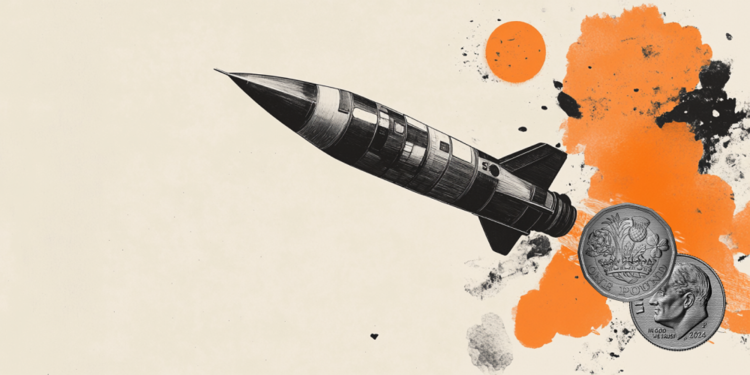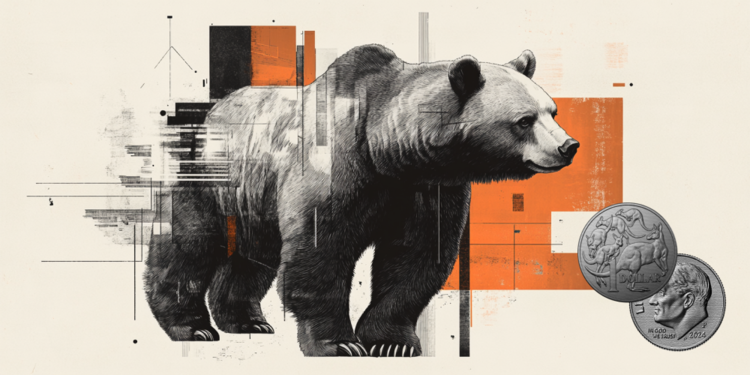Sometime during the Cretaceous period, 125 million years ago, an aggressive mammal the size of a house cat encountered a dinosaur three times its size and thought it would be a good idea for a tasty meal.
A fossil, unearthed in northeast China, captures both creatures – a badger-like animal called Repenomamus robustus and a species of herbivorous dinosaur known as psittacosaurus – forever locked in mortal combat.
It’s a dramatic moment in time that challenges the idea that the first mammals lived in the dinosaurs’ shadows, said paleobiologist Jordan Mallon, research scientist at the Canadian Museum of Nature.
“The mammal preserved here is among the largest mammals at the time, and you’re talking about an animal the size of a domestic cat. They didn’t get any bigger than that. And there was very little overlap in size between mammals, which were orders of magnitude smaller, and dinosaurs, which were an order of magnitude larger,” said Mallon, co-author of a new study published Tuesday in Scientific Reports on the remarkable fossil.
“The inherited wisdom is that ecological interactions were one-sided: the larger dinosaurs ate the smaller mammals. And, this changes that idea, it looks like these mammals could take down a larger dinosaur if they were hungry or desperate enough.”

Volcanic events can produce fossil riches
The discovery is not the first evidence that early mammals hunted dinosaurs – the remains of a psittacosaurus were found in the stomach of R. robustus in a discovery documented in January 2005.
What makes this fossil exceptional is that the mammal is captured just as it attacked the nearly adult dinosaur.
It’s extremely rare to find fossils that preserve one animal interacting with another and shed light on the predatory behavior of extinct creatures, according to Mallon.
These examples are among the most famous specimens in the world such as the iconic dueling dinosaur – a fossil showing a Triceratops horridus and a Tyrannosaurus rex in an eternal battle.

A psittacosaurus was a small, beaked dinosaur that would have been common in the region at the time — a bit like sheep today, Mallon said. Both predator and prey were almost fully grown when the attack occurred.
Mallon said he “was salivating” when he got the chance to study the fossil, which was found in 2012 in Liaoning Province, China, at the Lujiatun Fossil Site. The site is considered by paleontologists to be the equivalent of Pompeii, but in the form of dinosaurs. Both skeletons are nearly complete.
“This is (the) kind of fossil you find once in a lifetime. They just don’t exist like that very often,” she explained.
Mallon said the two creatures would have died while fighting – suddenly buried by a landslide following a volcanic eruption.

Predator x scavenger
The fossil shows R. robustus grasping the lower jaw of Psitacosaurus with its left front paw. The mammal’s left hind leg is gripping the dinosaur’s hind limb, and its teeth have sunk into its prey’s ribs.
Mallon said he and his colleagues determined the mammal was a predator rather than a scavenger for several reasons: There are no bite marks on the skeletons that would normally indicate scavenging, and it would be unlikely that the two animals would have been so closely intertwined if the mammal had found a dead dinosaur.

“All of these various lines of evidence come together to suggest that this was an act of predation that was kind of extinct and preserved at the time,” Mallon said.
It was impossible to know whether the mammal had won, according to Mallon. However, he said it was definitely “possible”, adding that in today’s natural world small carnivores successfully prey on much larger animals.
“A weasel will take down a hare five times its body weight, or a wolverine will take down a caribou, or even an elk,” he said.
Either way, however, the two prehistoric creatures were doomed.
Source: CNN Brasil
Charles Grill is a tech-savvy writer with over 3 years of experience in the field. He writes on a variety of technology-related topics and has a strong focus on the latest advancements in the industry. He is connected with several online news websites and is currently contributing to a technology-focused platform.







